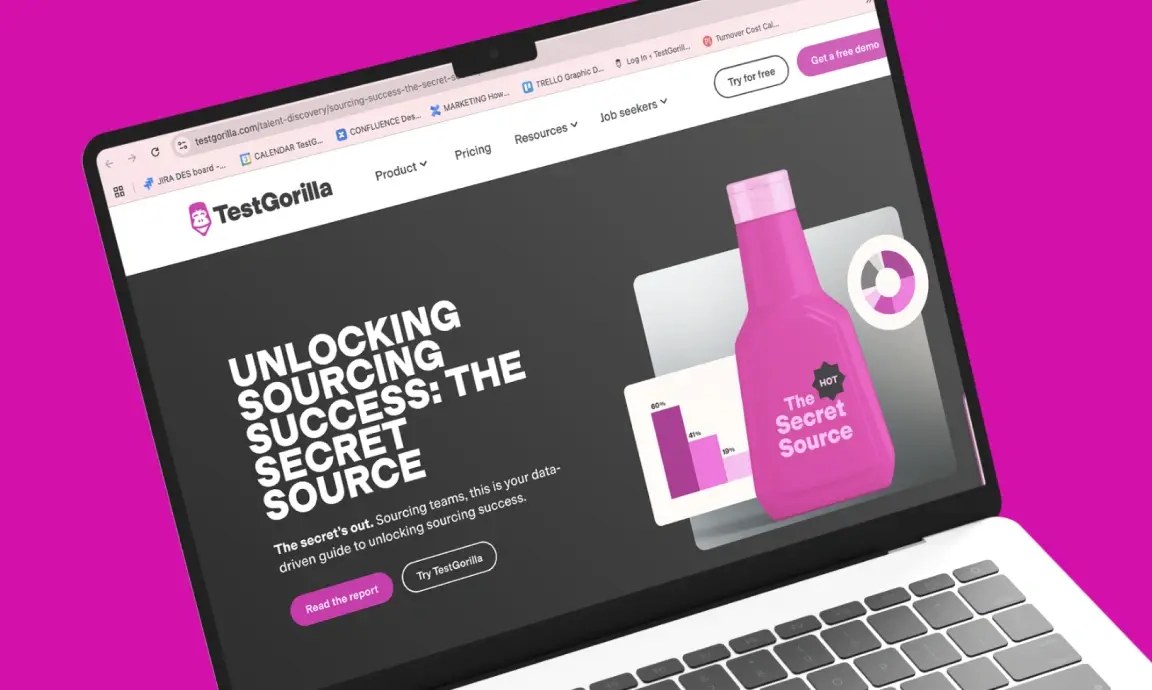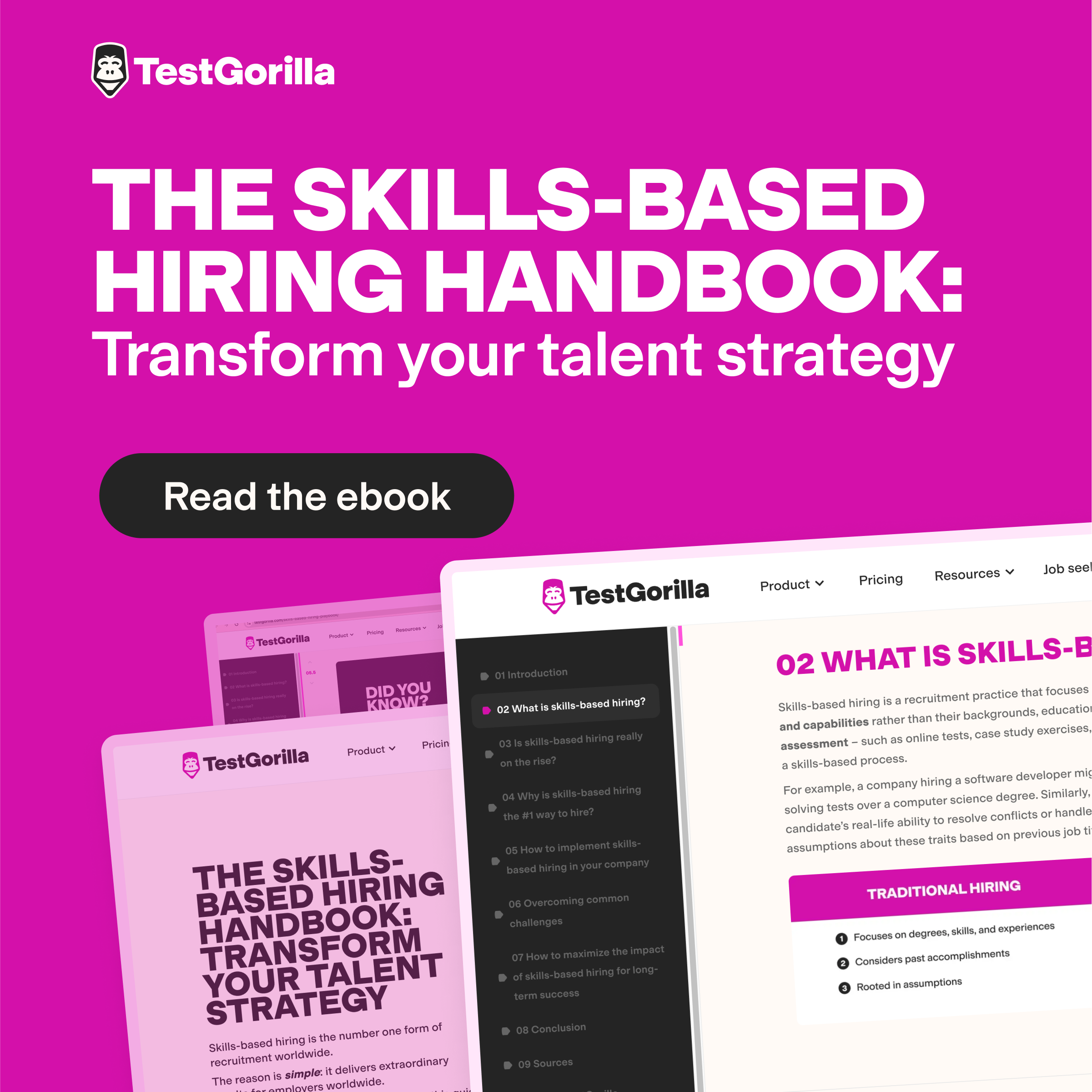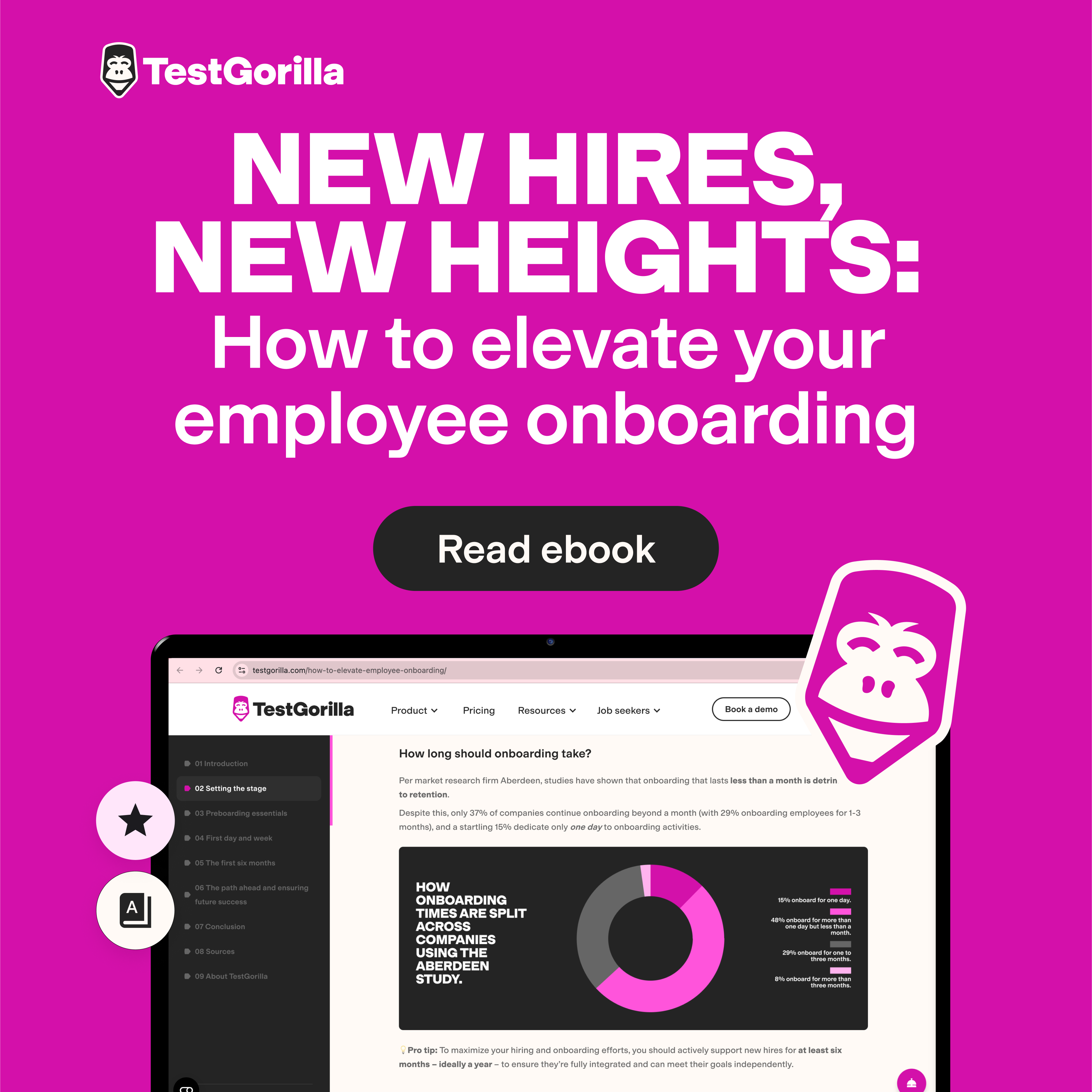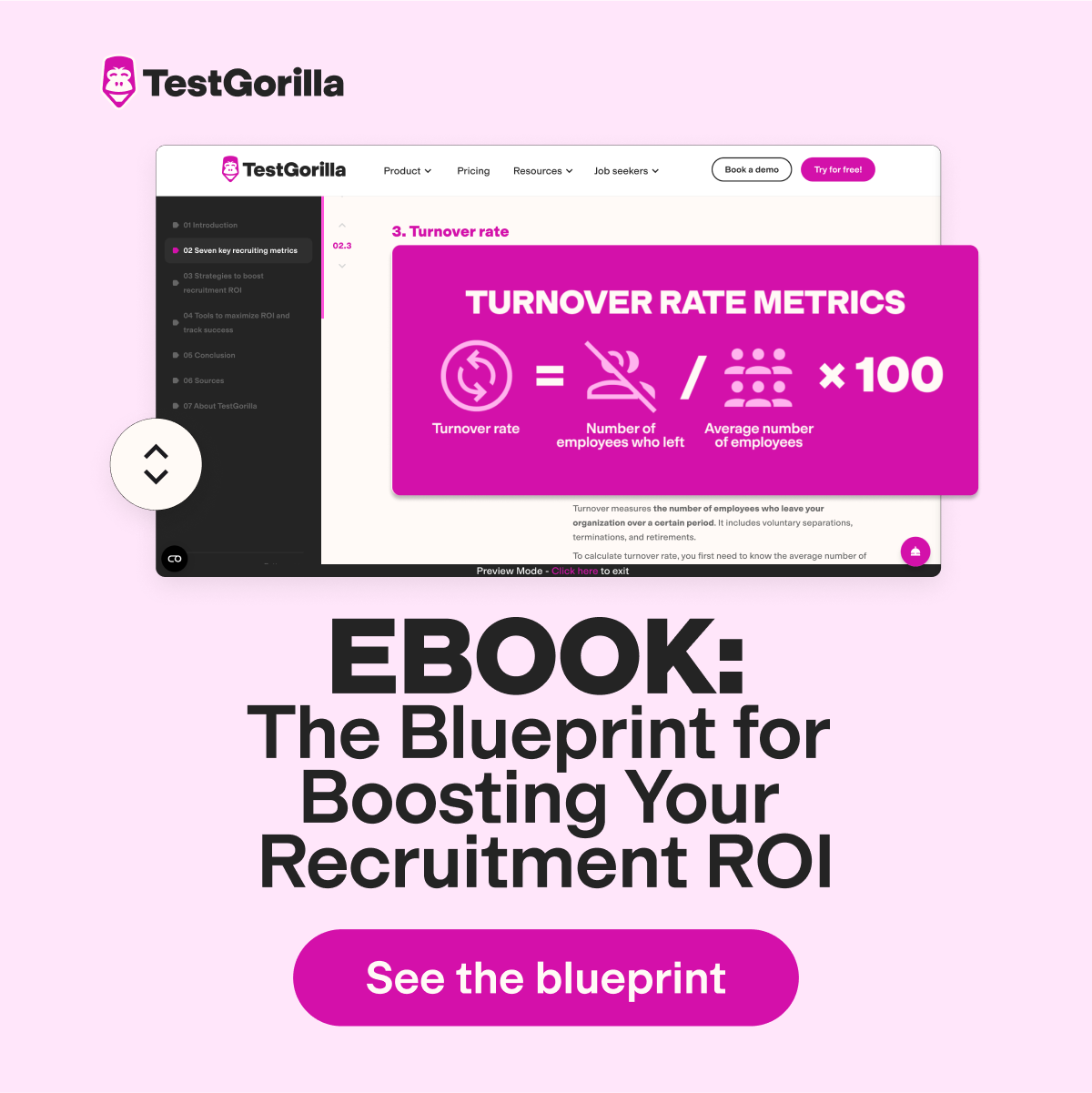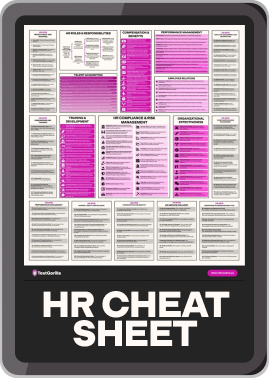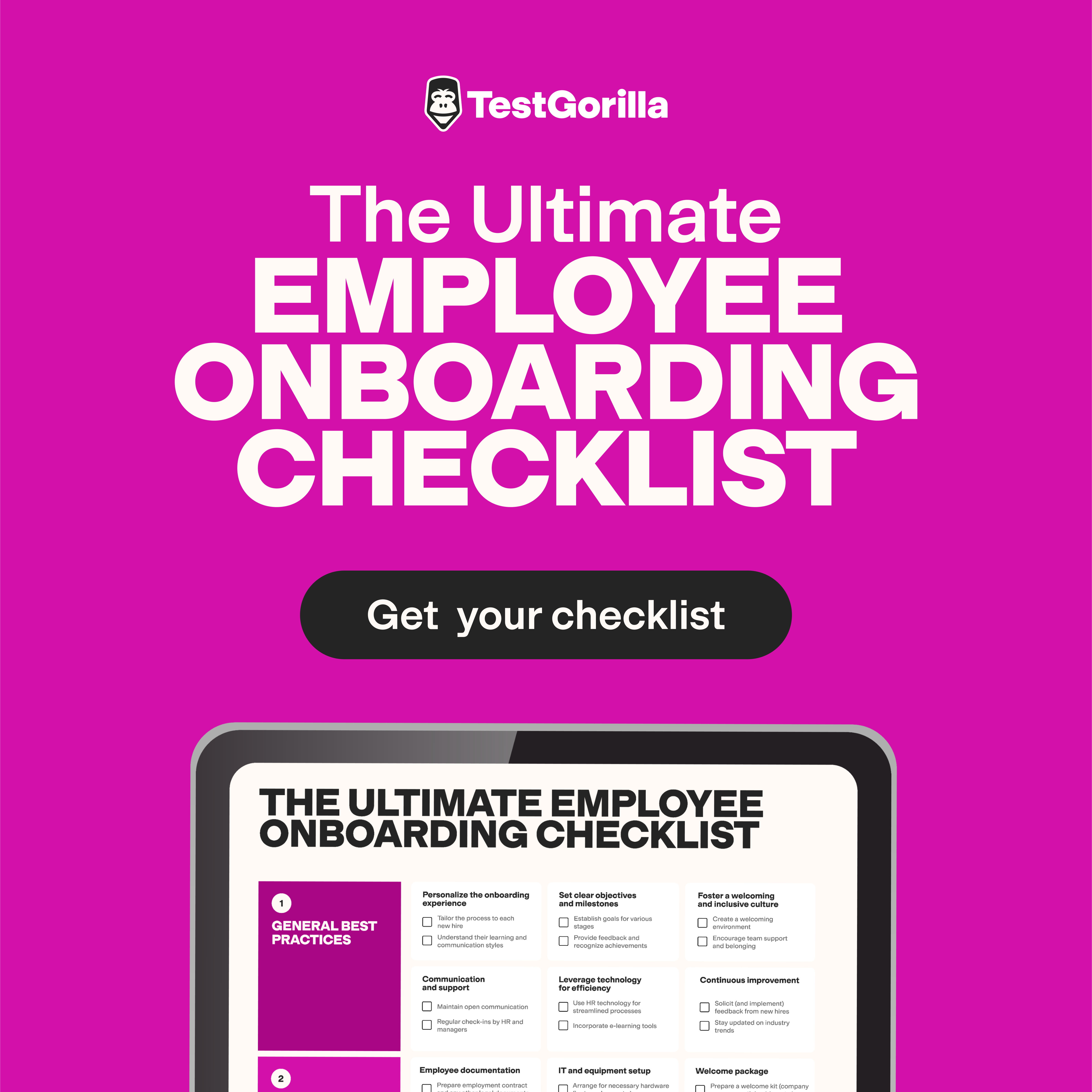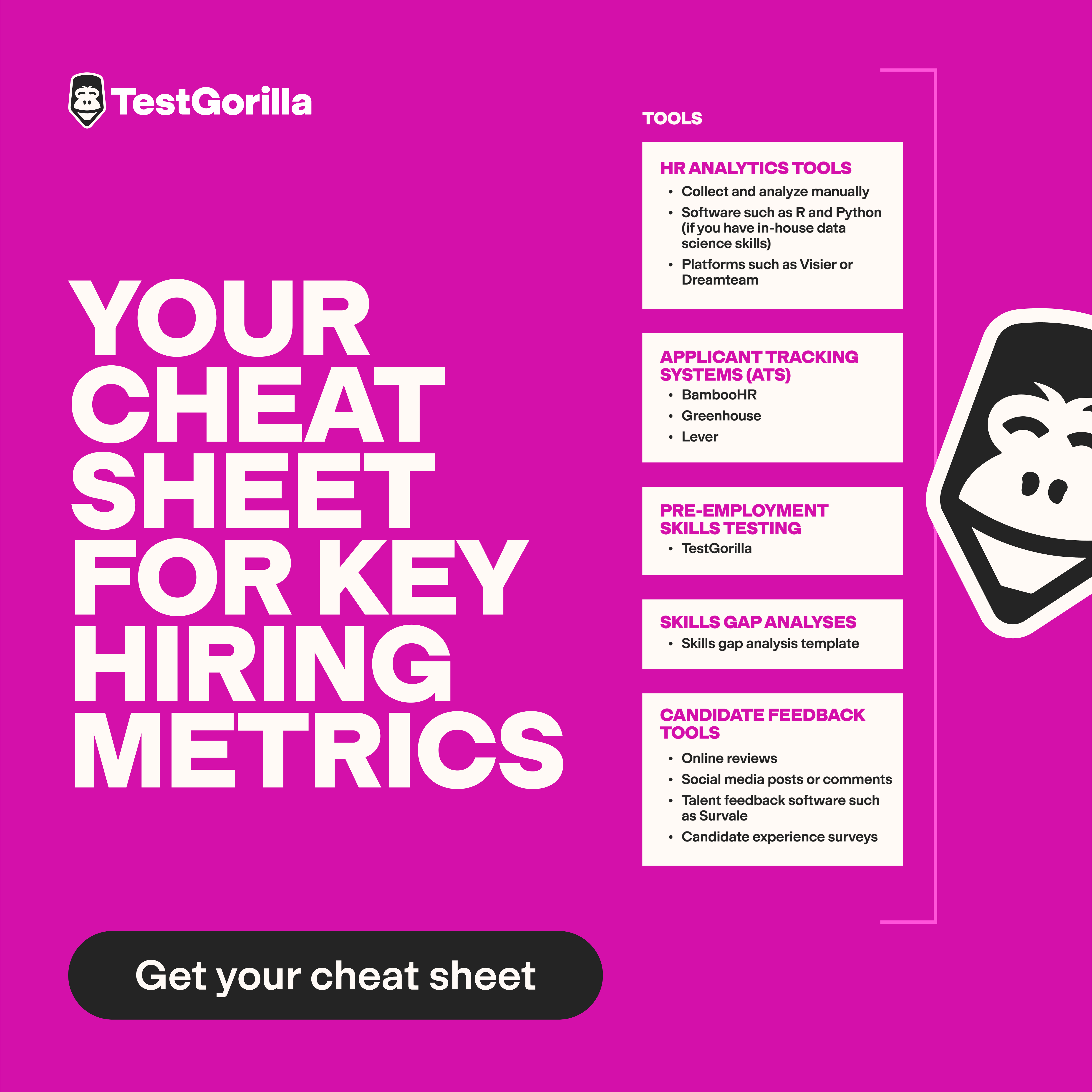Time off for fathers: Leveling the playing field for working mothers
A lot has been written about how to support working mothers, but what about fathers?
Equal paternity leave — and encouraging fathers to take time out to raise their children — benefits workplace diversity by promoting gender equality, breaking down stereotypes, and helping to reduce the gender wage gap. It also strengthens relationships (both with partners and children), enriches family dynamics, and positively impacts employee well-being. All this boosts employee engagement and satisfaction, and your ability to attract and retain top talent.
Despite this, less than half the world offers paid paternity leave, and the majority of fathers don’t take advantage of all their leave entitlement even when it’s available. As a result, mothers often have no choice but to stay at home and look after their children instead of being empowered to develop their careers.[1]
In this article, we look at why men continue to take less family leave than women, how this affects the workplace, and what you can do to influence change so fathers can spend more time with their children.
We also look at the benefits a diverse leadership team could bring to your organization, and how a skills-based approach can help you hire managers with the right soft skills to support working fathers who choose to buck the trend in gender roles.
Who should look after the kids?
It’s well established that mothers are awarded more parental leave than fathers, and that the number of stay-at-home moms far outstrips the number of stay-at-home dads. For example, the average maternity leave entitlement in 2022 across OECD countries was 51 weeks compared with less than 11 weeks for paternity leave.[2] Meanwhile, as recently as 2016, fathers made up only 17% of stay-at-home parents.[3]
There are far-reaching benefits to encouraging greater equity across this mother-father divide that include business performance, employment costs, and team morale.
Piotr Sosnowski, head of people at Life And My Finances, says: “Encouraging fathers to take on caregiving responsibilities helps challenge traditional gender stereotypes. For too long, caregiving has been viewed as a women's role, while men have been expected to prioritize their careers over their families.”
Here’s a closer look at some of the most compelling reasons for fathers to take more time off to care for their children:
To create meaningful relationships. Stay-at-home fathers can build stronger bonds with their children, families, and partners. This brings the potential for all kinds of long-term benefits. More immediately, as Poitr explains, “It creates a more equitable distribution of domestic work and reduces the burden on working mothers, giving both men and women more freedom to realize their goals.”
To enhance employee well-being. Research shows the overwhelming majority of fathers who take paternity leave report they’re glad they did and would do it again. They also report improved relationships with their partners and reduced stress. Furthermore, fathers who take paternity leave show greater engagement at work, since the extra time spent with their children makes them happier employees.[1]
To increase diversity. When fathers are active in their child’s upbringing, there’s an important domino effect for diversity, equity, and inclusion. Piotr says, “Encouraging fathers to stay at home helps create a more equal and inclusive society where all parents can pursue their careers and caregiving responsibilities without facing discrimination or unfair expectations.”
To improve business performance. Research from 2019 shows that organizations with more gender-diverse executive teams were “25% more likely to have above-average profitability.” The same research further found that “a substantial differential in likelihood of outperformance (48%) separates the most from the least gender-diverse companies.”[4] Meanwhile, there’s a longstanding correlation between employee engagement and business growth.[5]
There’s plenty of evidence linking paternal leave and stay-at-home parenting for fathers to improve interpersonal relationships, happiness, employee satisfaction and engagement, and even business performance. Nevertheless, many fathers stay in the workplace, leaving mothers to take on most of the childcare. Let’s look at why this is the case.
3 barriers to parental equality
Many obstacles prevent fathers from taking parental leave or becoming stay-at-home dads. Some issues relate to deeply held cultural ideas about the roles of men and women in society, while others relate to legal entitlement and company policy. Below we look at some of those barriers and why they exist.
1. Societal expectations
Across many societies and cultures, men can be stigmatized for requesting family leave, with employers perceiving them as poorly organized, weak, or lacking in masculinity.
We spoke with Ally Jones, co-founder of UK leadership development consultancy, Coachable, whose husband’s request for paternity leave was met with confusion and negativity. This was despite his company policy stating he was entitled to up to nine months at home with his new baby.
“I think the first comment that came out of his manager’s mouth was, ‘What do you mean? You only get two weeks?’” explains Ally. Yet, when the manager was made properly aware of the paternity leave policy, “he received comments like, ‘Oh, wow, how much does your wife get paid? Is she rich?’ I'm sure they were said in jest,” Ally says, “but it really frustrated me.”
These experiences aren’t unique, and they occur throughout all types of workplaces. As Ally says, “They're a big organization, yet my husband was left feeling like it was shameful to have put in his request. Also, the company let down the manager by not equipping him with the basic understanding of what people are entitled to take.”
2. Unequal parental leave rights
These attitudes toward paternal roles and leave entitlement are reflected in law and policy around the world. The average total paid leave for fathers in OECD countries is 10.4 weeks compared with 50.8 weeks for mothers.[6]
There are some rare exceptions — for instance, mothers and fathers both have 16 weeks of maternity and paternity leave in Spain, while the US is unique among OECD countries in not guaranteeing any paid leave to mothers or fathers. However, even some of the world’s most progressive countries are committed to unequal family leave entitlements.
For example, Germany’s total paid leave available to mothers is 58 weeks and 8.7 weeks for fathers, South Korea gives 64.9 weeks to mothers versus 54 weeks for fathers, and Finland allows 161 weeks for mothers and 9 weeks for fathers.
Clearly, then, while parental leave policies can vary from organization to organization, fathers rarely have the same legal right to paid parental leave as mothers.
3. The gender pay gap
When parents aren’t fully paid throughout the full length of their parental leave, any disparity in earnings is naturally an important factor in the decision about who stays at home. As a result, the gender pay gap, which globally accounts for women earning 23% on average less than men, means most fathers have an economic incentive not to take parental leave.[7]
This creates a vicious cycle in which the mother stays at home and loses out on career experience and earnings compared to the father, further increasing the gap in earnings.
Therefore, there’s an incentive for both partners to remain in their traditional roles: the mother at home with the children, and the father out at work.
Note: This piece is written from the perspective of straight partnerships. However, paid parental leave is also an equality issue for LGBTQ+ and trans parents. Apart from countries like Spain that grant equal leave to both parents, most family leave policies do not recognize the diversity of LGBTQ+ families. This can be particularly problematic for families with two dads, and highlights a need for LGBTQ+ inclusive parental leave policies globally. |
The best insights on HR and recruitment, delivered to your inbox.
Biweekly updates. No spam. Unsubscribe any time.
5 ways to break down the barriers to parental inequality
Here are some ways you can start to build a more equitable workplace for all parents.
1. Create and promote an equal family leave policy
While developing generous family leave policies can be a positive step toward employee satisfaction, this alone can’t drive greater equality in the workplace. To combat the assumption that women should be the primary caregiver, organizations need to implement equal leave for mothers and fathers.
“..the benefits of policies that [create] equal parental responsibility…are long-lasting. Men who take paternity leave tend to be more involved in childcare in the future – perhaps explaining why a 2010 Swedish study found that a mother’s future earnings increase by an average of 7% for every month of leave taken by the father." – Caroline Criado Perez, author of “Invisible Women: Data Bias in a World Designed for Men.” Published by Chatto & Windus, 2019
As Ally says, “It's fantastic that companies offer enhanced maternity, but they continually go, ‘This is great. We now offer birthing mothers six months off, and we've extended leave for dads to four weeks.’ So yes, they're exceeding the legal baseline and, yes, that’s a positive thing. But it also reinforces gender inequality.”
Here are three examples of internationally renowned companies with an equal family policy:
Etsy’s employees are eligible for 26 weeks of fully paid leave when an employee becomes a parent through birth or adoption.
Vodafone offers a global policy of 16 weeks of fully paid parental leave.
Spotify’s global parental leave is a fully paid six months for all new parents.
"This policy best defines who we are as a company, born out of a Swedish culture that places an emphasis on a healthy work/family balance, gender equality, and the ability for every parent to spend quality time with the people that matter most in their lives." Katarina Berg, chief human resources officer at Spotify.
2. Address gender stereotypes at work
As we’ve seen, companies with enhanced family leave policies can still let their employees down by failing to promote positive attitudes toward gender equality. Here’s what you can do to help enlighten your people and implement better practices across your organization:
Educate leaders, managers, and employees on unconscious bias. A structured program of diversity training helps foster a positive culture of gender equality and supports underrepresented groups.
Implement a gender-blind recruitment process. Fairer methods of recruitment help ensure hiring managers don’t discriminate against women with children or women of childbearing age.
Be transparent on company-wide gender statistics. Provide regular reporting on the number of women in management roles, the gender pay gap, and leave entitlement.
Encourage leaders to model positive behavior. Leading by example is possibly the simplest and most effective way to communicate company culture and consolidate best practices.
“If your male CEO is modeling inclusive behavior, taking their leave entitlement, being positive and vocal about others that do the same, then everyone across the organization knows it's acceptable.” – Ally Jones, co-founder of Coachable.
3. Hire a diverse team of managers
A gender-diverse leadership team can better see the value of policies and behaviors that promote parental leave and career breaks for fathers.
It stands to reason that women are more likely to have experienced first-hand the challenges that becoming a parent can present to an individual’s career progression. As a result, women in leadership roles are uniquely placed to understand how enabling fathers to take parental leave benefits women and shifts the culture toward greater gender equity.
“Both the mom and dad are important, and the workplace has to recognize that. By encouraging fathers to take on caregiving responsibilities, we help create a more supportive and balanced environment for women.” – Piotr Sosnowski, head of people at Life And My Finances.
4. Create an inclusive environment for working parents
Affinity groups, also known as employee resource groups (ERGs), are employee-driven teams that promote a more inclusive working environment with peer collaboration, support, and initiatives.
These groups play an important role in promoting gender equity and changing attitudes toward family leave, as well as the concerns of underrepresented groups based on their race, ethnicity, religion, age, sexual orientation, or physical ability.
You can support them by:
Getting leadership buy-in and funding
Providing key resources like meeting spaces with catering
Being responsive to their feedback, suggestions, and needs
5. Use a skills-based approach to hiring and promotion
Once you've committed to breaking down the barriers to parental equality in your organization, you’re still left with having to navigate ingrained biases and practices.
To overcome this, organizations need an objective way to assess a candidate’s strengths and weaknesses, where systemic prejudice can’t hold influence and underrepresented groups aren’t disadvantaged.
Skills-based hiring allows you to reward people based on their competencies rather than tenure. It removes the sway of old alliances as a source of promotion opportunities — and opens the door to diverse and global talent pools.
Using a skills-based hiring platform like TestGorilla allows you to:
Prioritize talent. Skills-based hiring is fairer, letting you ignore factors that can otherwise influence the decision-making process yet have no bearing on a new employee’s chance of success in their role.
Target specific abilities and skills. You can tailor tests to focus on the needs of any specific role, covering areas like cognitive ability, language skills, personality type, culture fit, and situational judgment.
Improve business metrics. Ninety-two percent of hiring managers report that skills-based hiring reduces their time-to-hire, 89.9% say it reduces their cost-to-hire, and 92.5% say it reduces their number of mis-hires.
Drive greater gender equality and positive attitudes
There’s no denying that workplaces around the world reinforce traditional roles of men and women regarding childcare and parental leave. Internal policies, unbalanced attitudes toward family leave, and the gender pay gap all contribute to limiting the career development of mothers.
These issues not only limit a woman’s ability to enjoy a full, enriching professional life, but also undermine father-child relationships, reduce employee engagement, and have a negative impact on profitability.
By taking a structured approach to tackling gender equity, you can positively impact the lives of your employees and their productivity in the workplace. Here are some of the strategies you can implement:
Create an equal family leave
Address gender stereotypes at work and hire a diverse team of managers
Use skills-based hiring to access a wider talent pool and promote diversity
Encourage positive modeling behavior among your leadership team
With greater equity in your organization’s policies, hiring processes, and attitudes, you can enhance employee engagement, find the best candidates for roles, and cultivate a progressive culture that supports working mothers.
Empowering working mothers benefits your entire organization Learn how skills-based hiring supports diversity, enhances employee engagement, and impacts performance. Download the State of Skills-Based Hiring 2022 report to learn more |
Sources
“A fresh look at paternity leave: Why the benefits extend beyond the personal.” Mckinsey. Accessed June 23rd 2023. https://www.mckinsey.com/capabilities/people-and-organizational-performance/our-insights/a-fresh-look-at-paternity-leave-why-the-benefits-extend-beyond-the-personal
“5 trends in parental leave policies since 1970.” OECD. Accessed June 23rd 2023. https://www.oecd.org/els/family/PF2_5_Trends_in_leave_entitlements_around_childbirth.pdf
“8 facts about American dads.” Pew Research Center. Accessed June 23rd 2023. https://www.pewresearch.org/short-reads/2019/06/12/fathers-day-facts/
“Diversity wins: How inclusion matters.” Mckinsey. Accessed June 23rd 2023. https://www.mckinsey.com/featured-insights/diversity-and-inclusion/diversity-wins-how-inclusion-matters
“What is the correlation between employee engagement and performance?” LSA Global. Accessed June 23rd 2023. https://lsaglobal.com/blog/correlation-between-employee-engagement-performance/
“Parental leave systems” OECD. Accessed June 23rd 2023. https://www.oecd.org/els/soc/PF2_1_Parental_leave_systems.pdf
“Closing gender pay gaps is more important than ever” United Nations. Accessed June 23rd 2023. https://news.un.org/en/story/2022/09/1126901
You've scrolled this far
Why not try TestGorilla for free, and see what happens when you put skills first.




